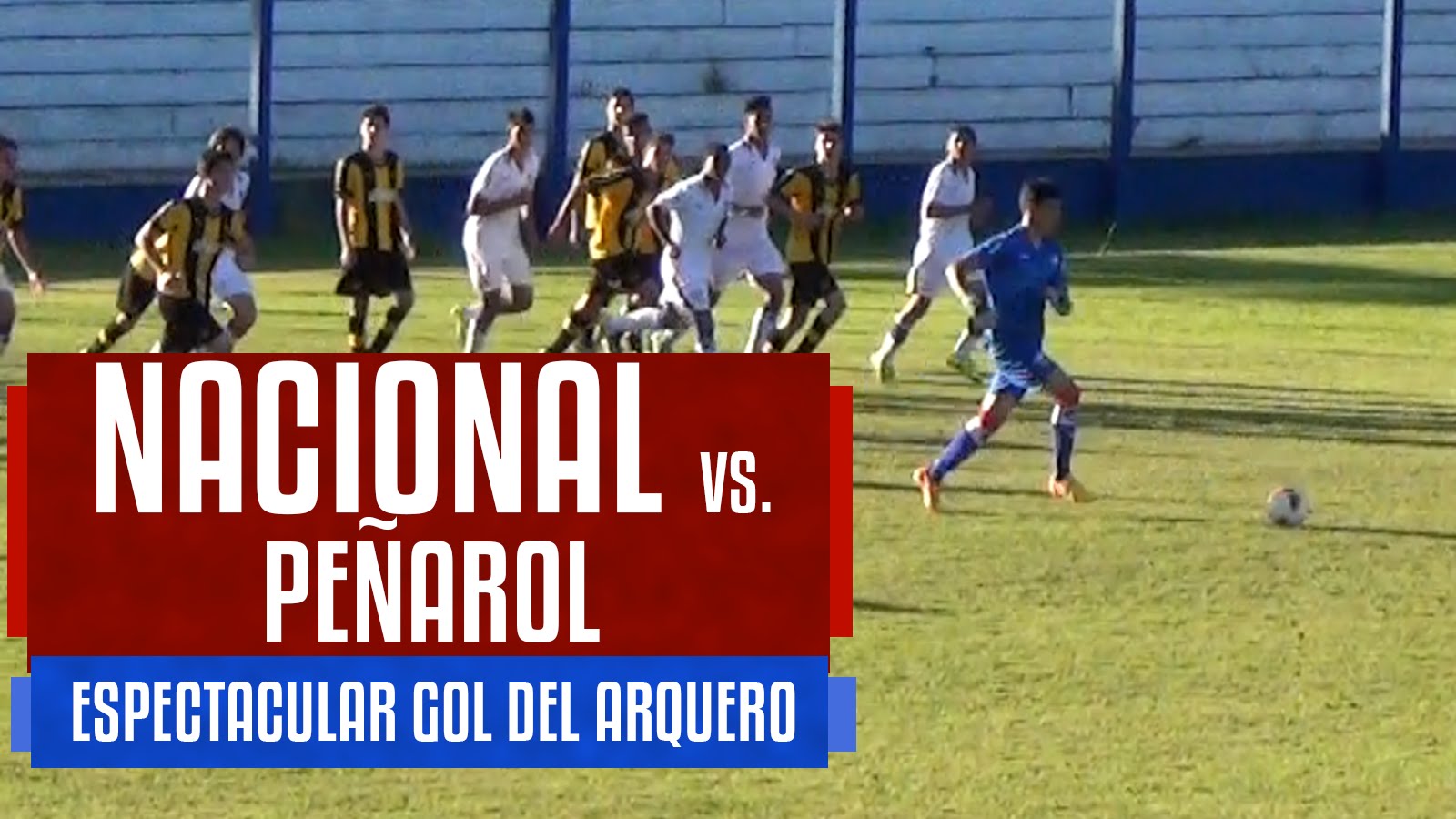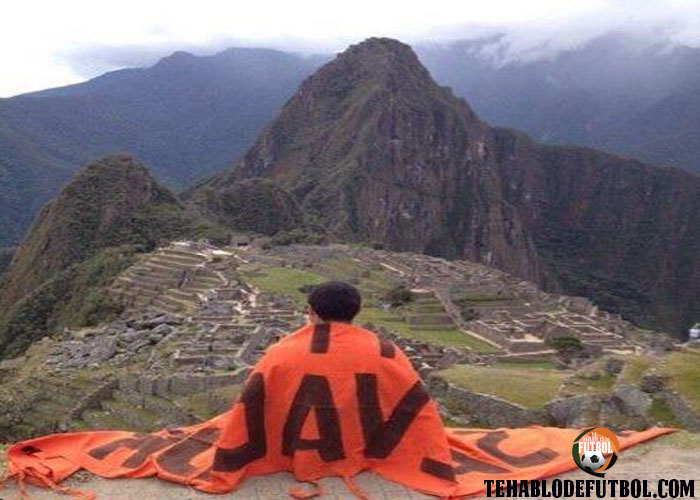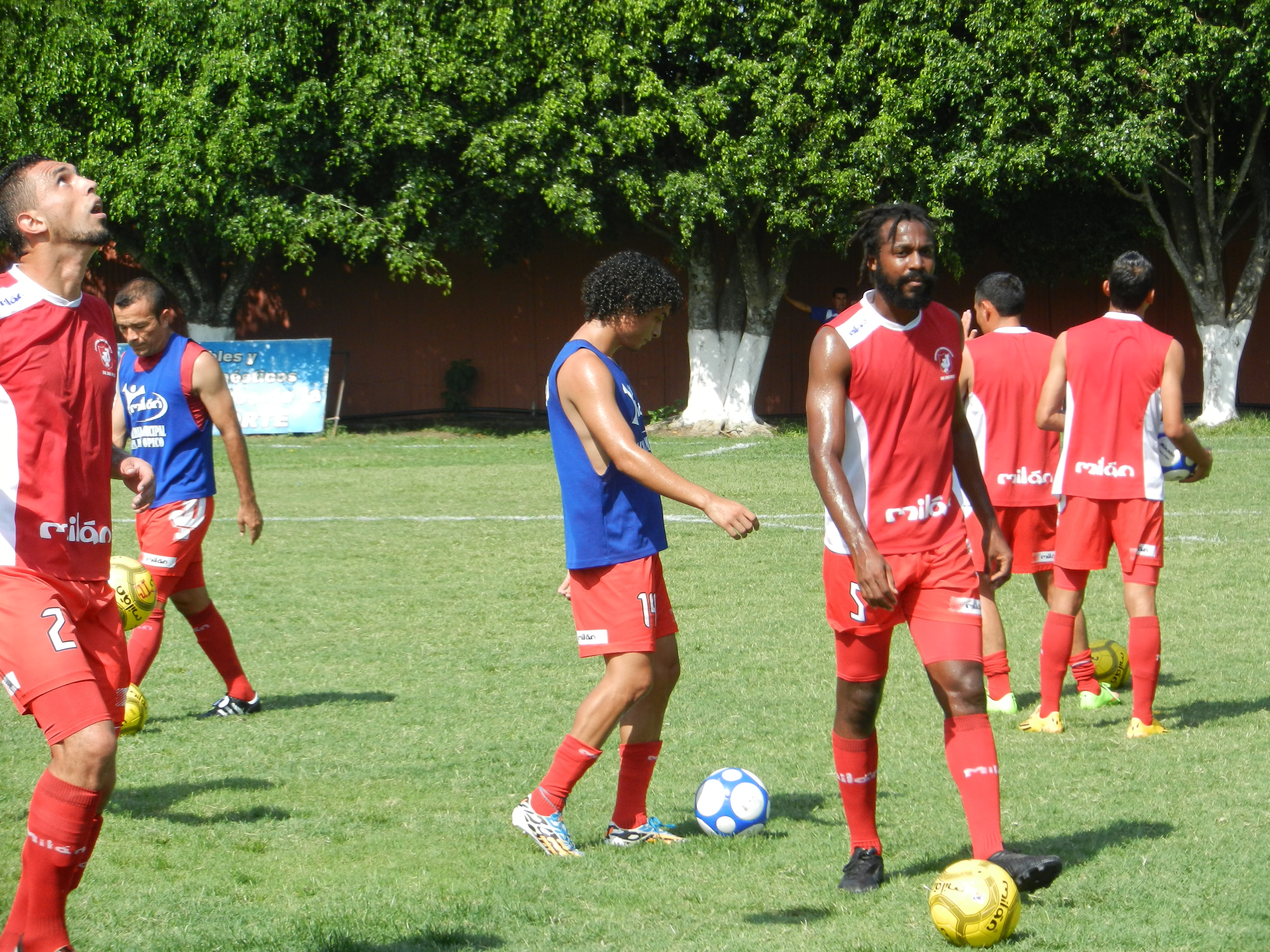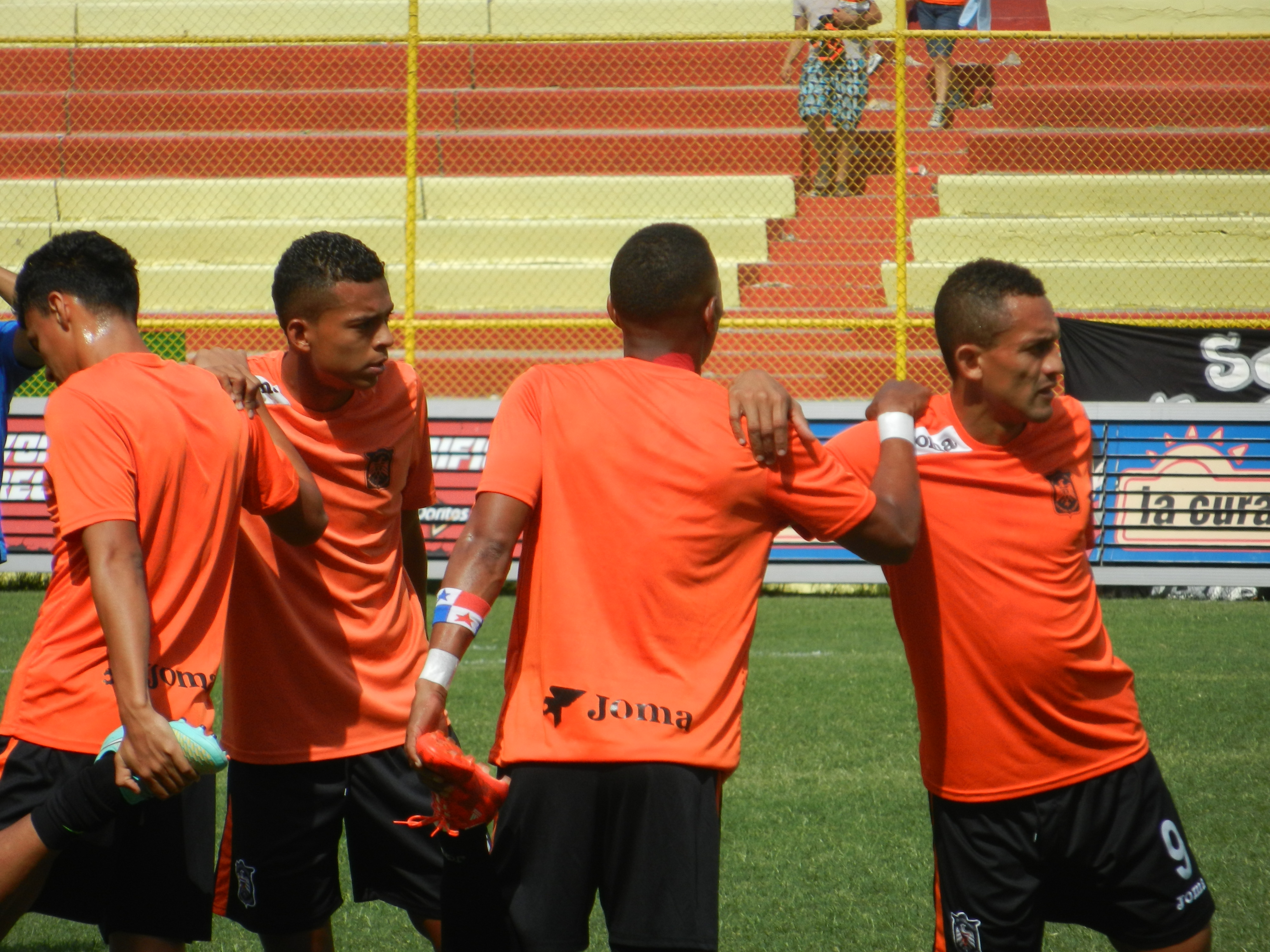Buscando en Internet encontré este artículo publicado en The New York Times, sobre la muerte de Rufina Amaya
aqui su transcripciòn:
Rufina Amaya, who in 1981 saw Salvadoran troops slaughter her family and many others in her village, then, as the only witness, dedicated her life to telling about it, died Tuesday in San Miguel, El Salvador. She was 64.
Rufina Amaya weeks after witnessing a 1981 massacre in El Salvador.
The cause was a stroke, said her daughter Marta.
Mrs. Amaya escaped government soldiers on the morning of Dec. 11, 1981, as they killed all the men, women and children in her village, El Mozote. There and in the surrounding area, the Catholic Office of Human Rights in El Salvador said, 809 victims have now been identified, many found in mass graves.
After Rufina Amaya returned to El Salvador from a Honduran refugee camp in 1990, moving to a nearby village, she worked as a lay pastor for the local Roman Catholic church and led what she called “reflection groups.” She received a ceaseless stream of visitors from around the world.
Again and again, she told of seeing her husband being beheaded and hearing her daughter’s mortal scream, after she miraculously found a hiding place.
“God saved me because he needed someone to tell the story of what happened,” she said in 1996 in an interview with The New York Times.
Her most significant influence came less than a month after the massacre. Both the Salvadoran and American governments were denying the atrocity, despite protests from church groups and others.
After The Times and The Washington Post reported the killings on Jan. 27, 1982, both extensively quoting Mrs. Amaya as well as citing their own observations of human remains, the debate grew sharper. The United States and Salvadoran governments insisted that any dead were probably armed rebels.
In 1992 the exhumation of bodies, first those of many children, began. The atrocity could no longer be denied.
From the late 1970s to the early 1990s, leftist rebels battled the American-supported Salvadoran government. The Atlacatl Battalion of the Salvadoran Army had been trained by United States military advisers and was fighting guerrillas in northeastern El Salvador.
Accounts vary on leftist activity in El Mozote, a village of 20 houses facing a square. Mrs. Amaya recalled that unarmed guerrillas in ragged civilian clothes had once tried to get townspeople to assemble in a church, but few went.
“I remember people saying: ‘Don’t get involved. Let’s just live and work and not get involved,’ ” she said in 1993 in an interview with The New Yorker.
But on Dec. 10, 1981, soldiers arrived in El Mozote, demanding that residents turn over their weapons. When they said they had none, the soldiers killed some people.
Mass murder began the next morning. People were pulled from their beds before sunrise and divided into three groups. Men were beheaded; some women were raped. The first child killed was tossed in the air and bayoneted.
Mrs. Amaya said at the time in an interview with The Times that she heard her son scream: “Mama, they’re killing me. They’ve killed my sister. They’re going to kill me.”
She escaped when she realized nobody was directly watching her. She quickly huddled among pine and crabapple trees behind her house.
Her husband, Domingo Claros, a 29-year-old woodcutter, was killed; so were her son Cristino, 9, and her daughters María Dolores, 5; María Lilian, 3, and María Isabel, 8 months.
In 1990, Pedro Chicas Romero of La Joya, a nearby hamlet, who had hidden in a cave as soldiers killed his relatives and neighbors, filed a criminal complaint against the Atlacatl Battalion, demanding that its members be punished. Mrs. Amaya was the first to testify.
After a 1992 pact ended the 12-year civil war, a general amnesty law that was passed in 1993 covered anyone implicated in a United Nations investigation. Mrs. Amaya complained bitterly about how this exempted the army from human rights prosecutions.
“They have never even come to ask our pardon,” she said in 1996 in an interview with The Times.
She married José Natividad in 1985 while living in a refugee camp in Honduras. They were divorced two years later.
Besides their daughter Marta, she is survived by another daughter, Fidelia Márquez, who was not in El Mozote at the time of the massacre, and by her adopted son, Walter Amaya.
Jorge Ávalos, a Salvadoran journalist, remembered visiting El Mozote with Mrs. Amaya in 1992. Amid the ruins and roaming deer, she indicated where bodies would be found.
“Here, next to this tree, the young girls were gathered,” she said.
She did not cry. She said she long ago had cried herself dry.
Correction: March 10, 2007
An obituary yesterday about Rufina Amaya, witness to a massacre in the village of El Mozote in El Salvador, referred incorrectly to the Salvadoran Army’s exemption from human rights prosecutions. The possibility of prosecutions ended in 1993 when El Salvador passed a general amnesty law covering anyone implicated in a United Nations investigation, which stemmed from a peace accord in 1992. Impunity was not mandated in that 1992 accord, which ended the country’s 12-year civil war.





